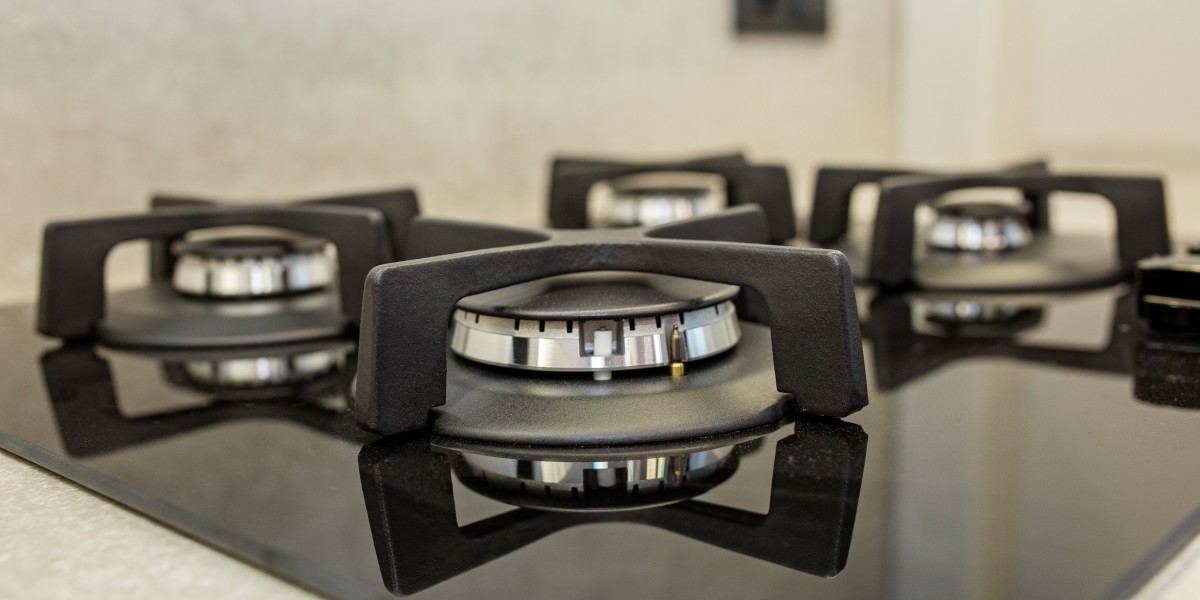The Comprehensive Guide to Built-In Ovens: Maximizing Kitchen Efficiency and Style
Built-in ovens are a vital function in modern kitchen areas, merging functionality with smooth design. They offer a seamless appearance, boost area effectiveness, and often featured sophisticated functions that elevate the cooking experience. This short article will look into the different kinds of built-in ovens integrated, their benefits, essential factors to consider during purchase, and upkeep ideas.
What is a Built-In Oven?
A built-in oven is designed to be housed within cabinetry, providing an integrated hob and oven appearance that saves counter area and enhances the aesthetic appeals of a kitchen. Unlike freestanding ovens, built-ins provide flexibility in regards to positioning and can be chosen to match the kitchen's style.

Kinds Of Built-In Ovens
There are a number of types of built-in ovens, each dealing with different cooking needs:
| Type | Description | Perfect Use |
|---|---|---|
| Single Oven | A standard oven with one cooking compartment. | Daily cooking, baking. |
| Double Oven | 2 different oven compartments, enabling multi-tasking. | Large meals, multi-course cooking. |
| Wall Oven | Set up at eye level, usually with innovative functions. | Space-saving styles, ergonomic cooking. |
| Convection Oven | Features a fan to distribute hot air, cooking food uniformly. | Roasting, baking, and more. |
| Steam Oven | Uses steam for cooking, keeping wetness and nutrients. | Healthy cooking, baking bread. |
| Microwave Oven | Combines microwave and routine oven functions. | Quick meals, reheating. |
Advantages of Built-In Ovens
built in electric oven and hob-in ovens use various benefits, that makes them a popular option among property owners. Some crucial advantages consist of:
- Aesthetic Appeal: They can fit effortlessly into kitchen cabinetry, creating an advanced and consistent look.
- Area Efficiency: By using vertical space, they help optimize kitchen energy, specifically in smaller sized locations.
- Advanced Features: Many come geared up with clever innovation, self-cleaning choices, and precision cooking functions.
- Enhanced Accessibility: Wall ovens can be positioned at eye level, decreasing the requirement for flexing and making it simpler to keep an eye on cooking progress.
- Adjustable Options: Built-in alternatives been available in various sizes, surfaces, and designs, allowing customized kitchen style.
Considerations When Choosing a Built-In Oven
When selecting a built-in oven, there are several elements to think about to ensure that the appliance lines up with the user's cooking choices and kitchen design:
- Size and Capacity: Measure the setup area to ensure the picked oven fits. Consider the oven capacity based upon cooking needs.
- Type of Cooking: Think about the preferred cooking approaches-- do you bake, roast, steam, or cook quickly? This will identify the kind of oven to select.
- Features: Evaluate smart features, temperature level probes, several cooking modes, and cleansing choices.
- Energy Efficiency: Look for energy ratings to minimize energy bills, specifically if the oven will be utilized frequently.
- Budget plan: Built-in ovens can vary considerably in rate, so it's important to develop a budget and consider long-term investment options.
Upkeep Tips for Built-In Ovens
To lengthen the life of a built-in oven and maintain its efficiency, routine upkeep is crucial. Here are some useful suggestions:
- Cleaning: Regularly wipe down the exterior and interior surfaces. Use specialized cleaners for stainless steel surfaces.
- Self-Cleaning: Utilize the self-cleaning function regularly to keep the interior spotless; however, prevent frequent use to prevent wear and tear.
- Examine Seals: Inspect the door seals for any damage to prevent heat loss.
- Usage Safe Cookware: Ensure that baking sheets and pans work with the specific type of oven to avoid damage.
- Routine Inspection: Schedule professional upkeep checks at least when a year to make sure everything functions efficiently.
FAQs About Built-In Ovens
Q1: How do I choose the ideal size built-in oven for my kitchen?A: Measure
the allocated area for the oven and consider the overall capability you require based upon your cooking habits.
Q2: Are built in electric oven-in ovens simple to install?A: Installation can be intricate and frequently needs expert assistance, specifically for electrical and gas connections. Q3: How frequently need to I clean my built-in oven?A: It's a good idea to clean the oven monthly and utilize the self-clean function periodically based on use frequency. Q4: Will a built-in oven increase the value of my home?A: Yes, a high-quality built-in oven can enhance the kitchen's appeal, potentially increasing home value. Q5: Can built-in ovens needs while boosting overall kitchen design. By thinking about size, type, functions, and maintenance, property owners can select a built-in oven that serves their cooking style and way of life effectively. Investing in a built-in oven not just elevates kitchen visual appeals however also transforms the cooking experience, making meal preparation more pleasurable and effective.
be utilized for all kinds of cooking?A: Most built-in ovens can deal with a range of cooking techniques, however specialized types, like steam or stove, stand out in specific areas. Bosch Black Built-In Single Oven - Modern Cooking ovens are a fantastic addition to modern kitchen areas, blending functionality with design. With their several types, advantages, and personalized choices, they cater to varied culinary






